16 Early 1900s Tools and Gadgets That Changed Everyday Living
Everyday life in the early 1900s moved with a steady rhythm shaped by handy tools. People welcomed gadgets that saved minutes and cut down on mess. Tasks that once felt slow and tiring started to feel manageable and even pleasant. Homes grew cozier with steady heat, bright light, and music on demand. Workbenches looked sharper with compact devices built for repeated use. Many of these items still spark wonder because they blend function with simple beauty.
This post may contain affiliate links, which helps keep this content free. Please read our disclosure for more info.
Pocket Watch
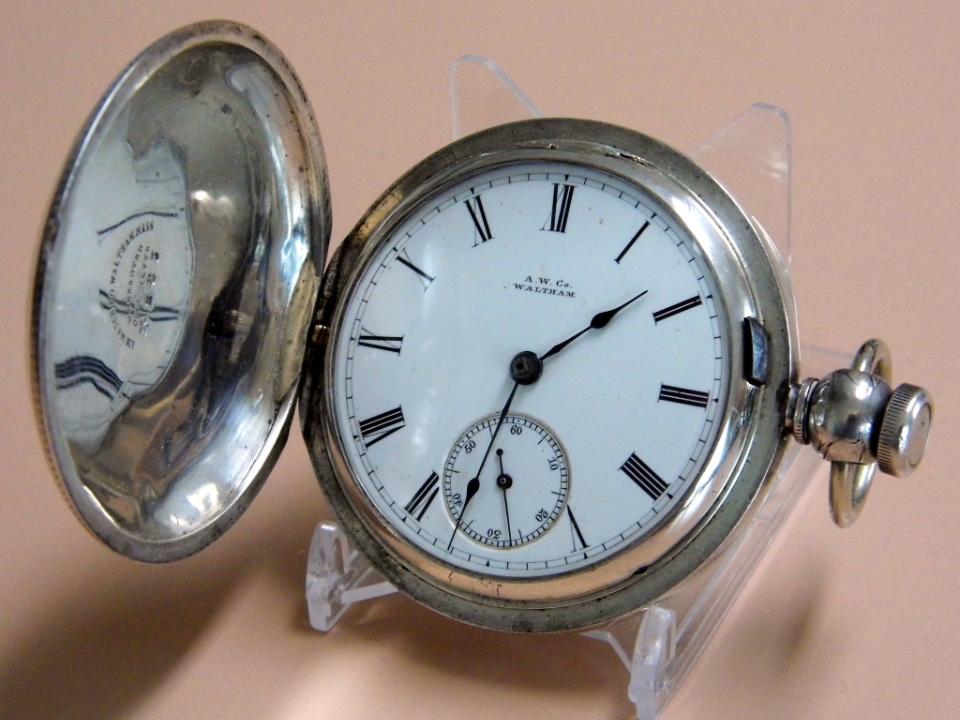
Pocket watches became a symbol of personal convenience and punctuality during the early 1900s. They were often carried in waistcoat pockets and connected with a delicate chain, making timekeeping a personal ritual. These watches featured mechanical movements and hand-wound mechanisms that were both reliable and elegant.
Collectors value pocket watches today for their detailed engravings and intricate craftsmanship. A well-preserved early 1900s pocket watch, particularly one from Waltham or Elgin, can sell for about $400 to $1,200 depending on the brand and material.
Typewriter
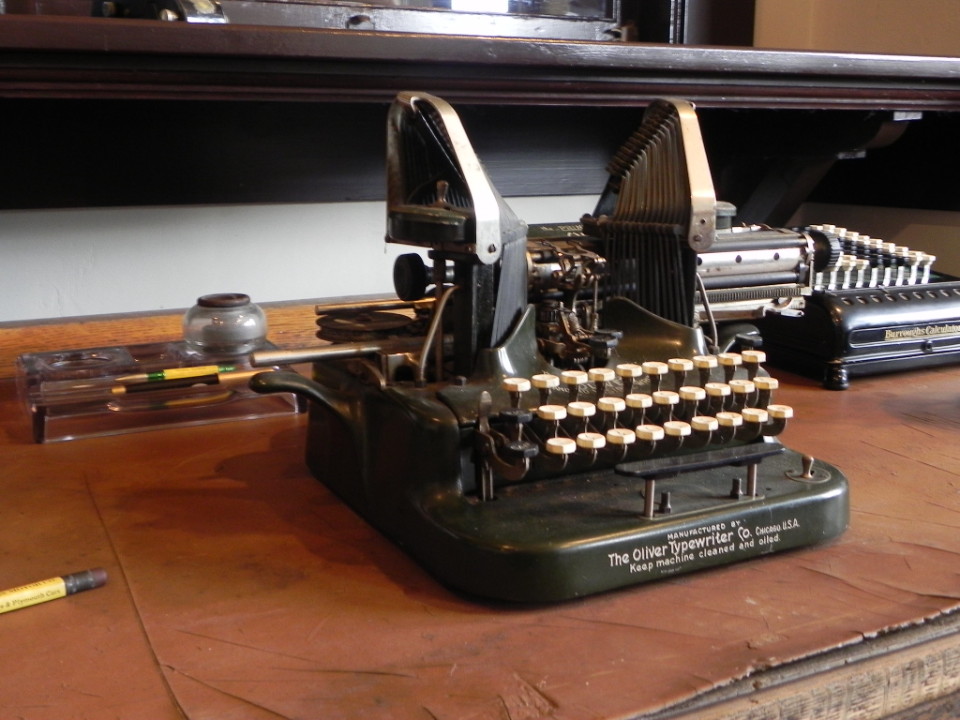
The typewriter transformed communication by allowing faster and cleaner writing than traditional penmanship. Offices, journalists, and writers adopted it rapidly, improving productivity and professionalism in correspondence. Its compact design and durable keys made it essential for the growing clerical workforce.
Today, vintage typewriters remain popular among collectors and enthusiasts who appreciate the tactile experience of mechanical typing. Depending on the make and condition, early 1900s typewriters like the Underwood or Remington models range between $250 and $800.
Gramophone
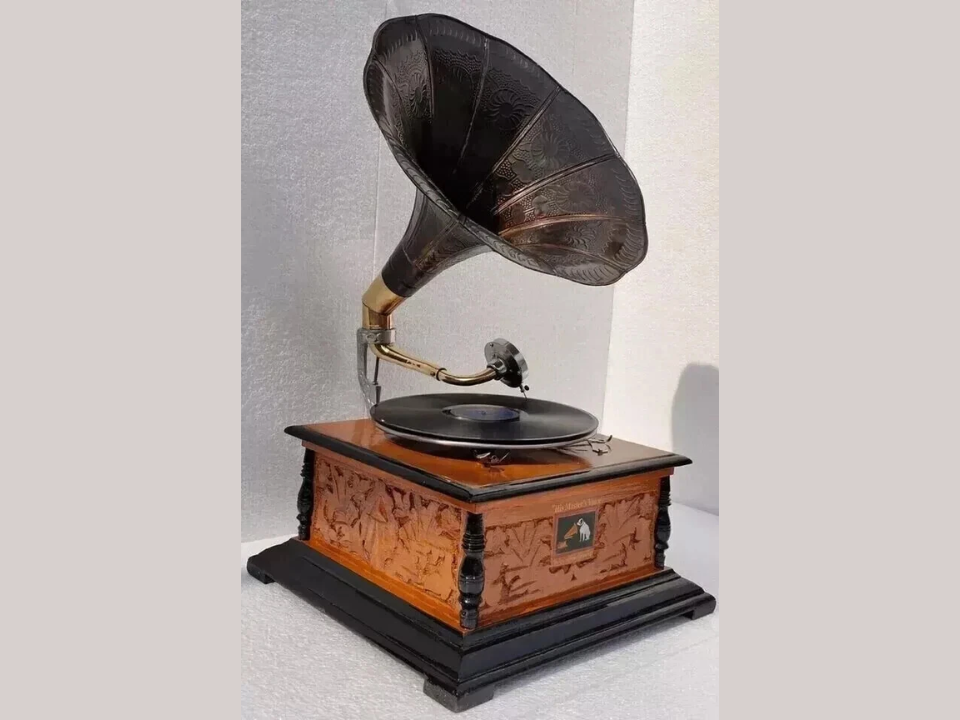
The gramophone brought music into homes in a way no device had before. Using flat discs instead of cylinders, it made playing and collecting music accessible to ordinary people. Its horn design and manual crank became instantly recognizable symbols of entertainment.
Original gramophones from Victor or Columbia remain prized for their historical charm and mechanical quality. Restored models with working parts and original horns can fetch around $500 to $2,000 at auctions or antique shops.
Cast Iron Stove
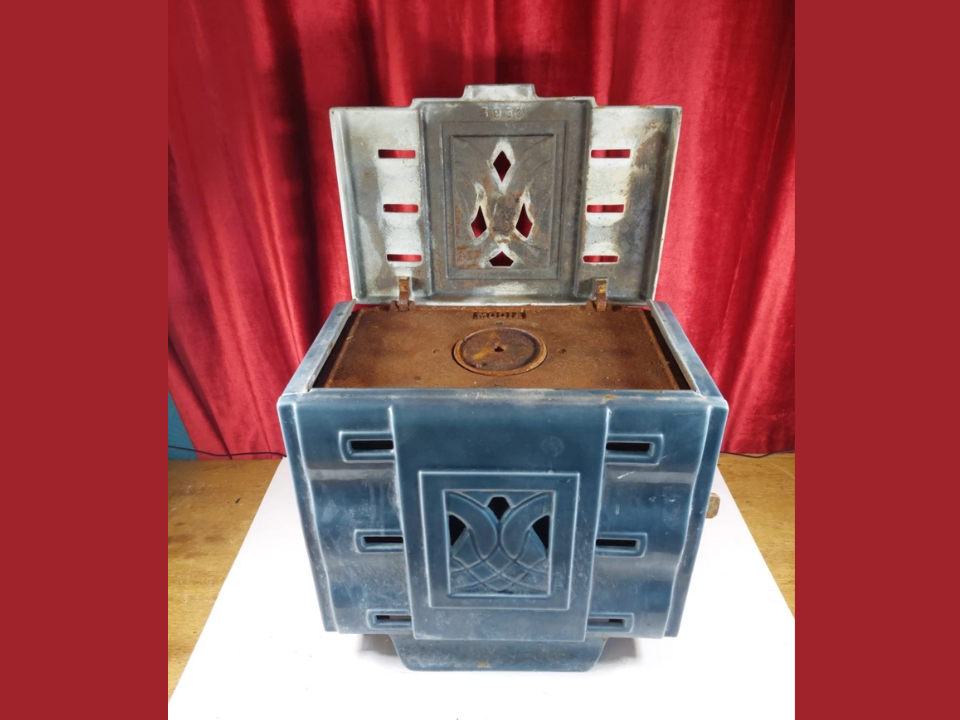
The cast iron stove changed home cooking by providing consistent heat and better control compared to open fireplaces. Families could cook multiple dishes at once while heating the room, making it a household centerpiece. Its sturdy construction and ornate patterns reflected both utility and artistry.
Today, antique cast iron stoves are often repurposed as decorative pieces or restored for functional use. Depending on the brand and condition, early 1900s models can sell for $600 to $2,500.
Hand-Crank Telephone

Before the rotary dial, hand-crank telephones connected people across long distances through manual operator systems. Their wooden cabinets and metal bells gave them both a rustic and technological feel. This gadget marked the beginning of personal communication in homes and businesses.
Original hand-crank telephones, especially from Western Electric or Kellogg, have become valuable collector’s pieces. Authentic examples in good condition are often priced between $300 and $1,000.
Kerosene Lantern

The kerosene lantern provided light for homes and farms long before electricity became common. Its glass globe and adjustable wick made it reliable during dark evenings and power outages. Many models were designed for easy refilling and safe handling.
Collectors now admire these lanterns for their simplicity and durability. Depending on rarity and maker, antique kerosene lanterns from the early 1900s typically range from $50 to $400.
Sewing Machine
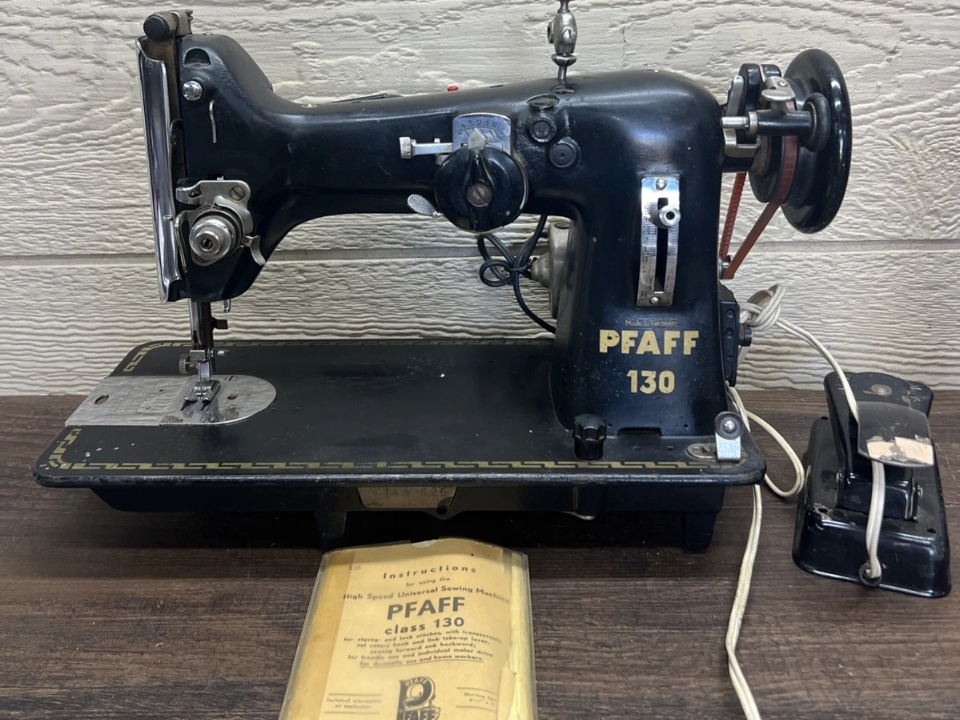
The sewing machine empowered households by simplifying clothing repair and creation. Manual foot pedals or hand cranks made it accessible before electric models became standard. It saved time and allowed families to make custom garments from home.
Singer and White sewing machines from this era are among the most collectible due to their quality and ornate metalwork. Working models can be found for $200 to $700, with rare versions reaching higher values.
Fountain Pen

The fountain pen made writing smoother and less messy compared to dipping quills in ink. It was an innovation that allowed people to write longer without interruption, using refillable ink reservoirs. Many were crafted from gold or hard rubber, reflecting both function and style.
Collectors look for brands like Waterman and Parker when buying vintage pens. Depending on rarity and material, an early 1900s fountain pen might sell for $150 to $900.
Coffee Grinder
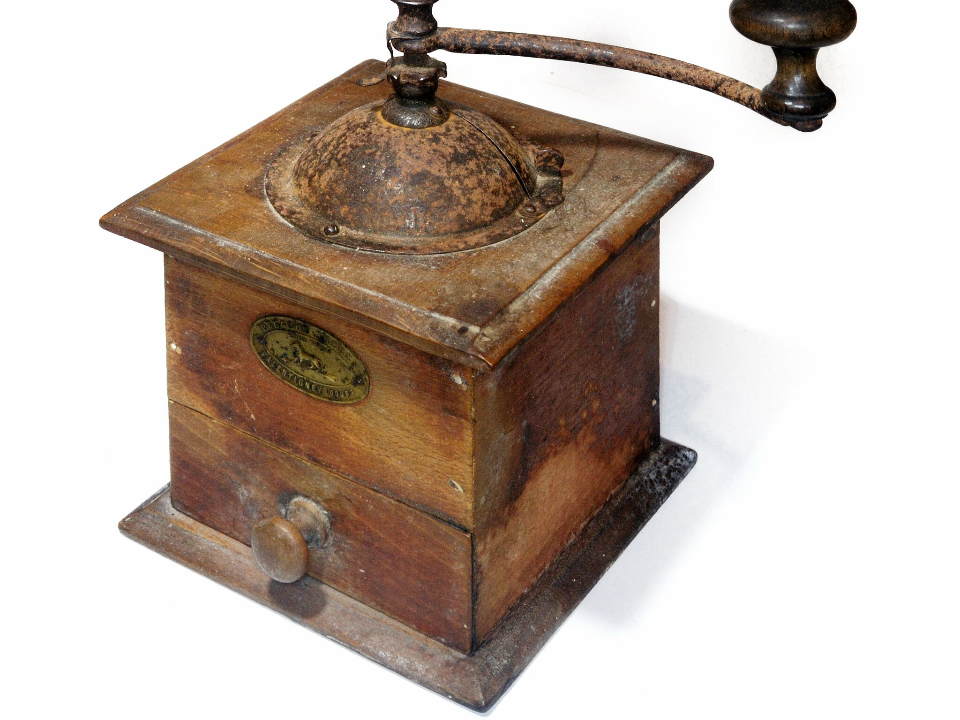
Manual coffee grinders were a staple in kitchens, allowing people to enjoy freshly ground coffee every morning. Their crank mechanisms and adjustable burrs let users control the texture of the grind. Many featured wooden housings with metal tops for durability.
Antique coffee grinders are admired today for their rustic charm and functionality. Depending on design and brand, early 1900s models can be valued between $75 and $500.
Pocket Knife
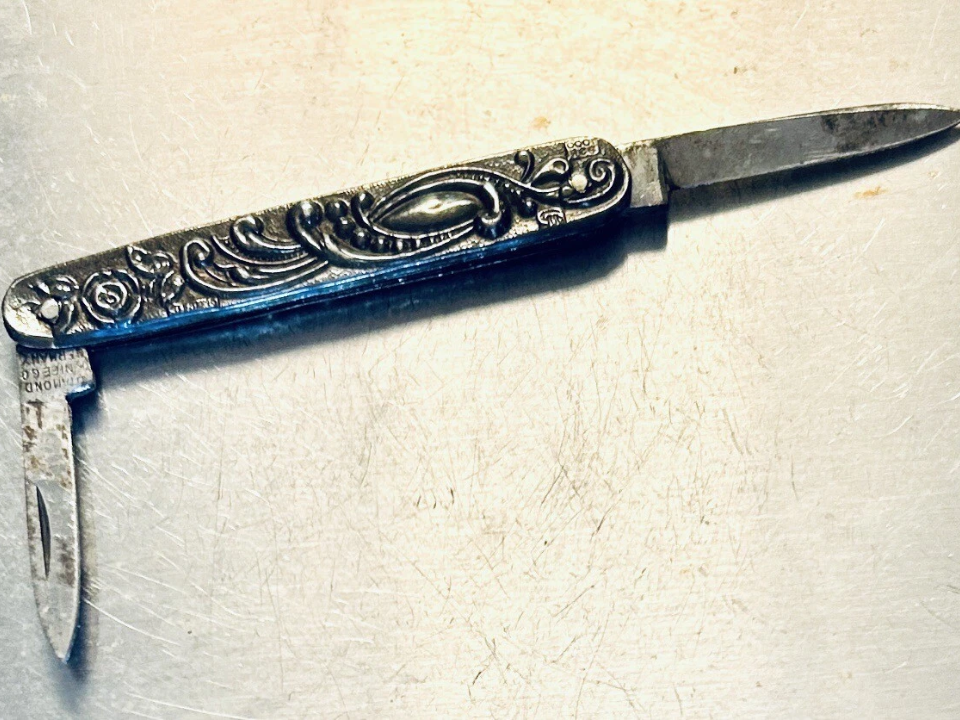
The pocket knife was an essential everyday tool for men during the early 1900s. Compact yet versatile, it was used for everything from sharpening pencils to cutting rope. Manufacturers like Case and Barlow produced durable blades designed to last for years.
Collectors today value knives with original handles and blades in good condition. Depending on the maker and materials, an early 1900s pocket knife may range from $80 to $400.
Electric Iron
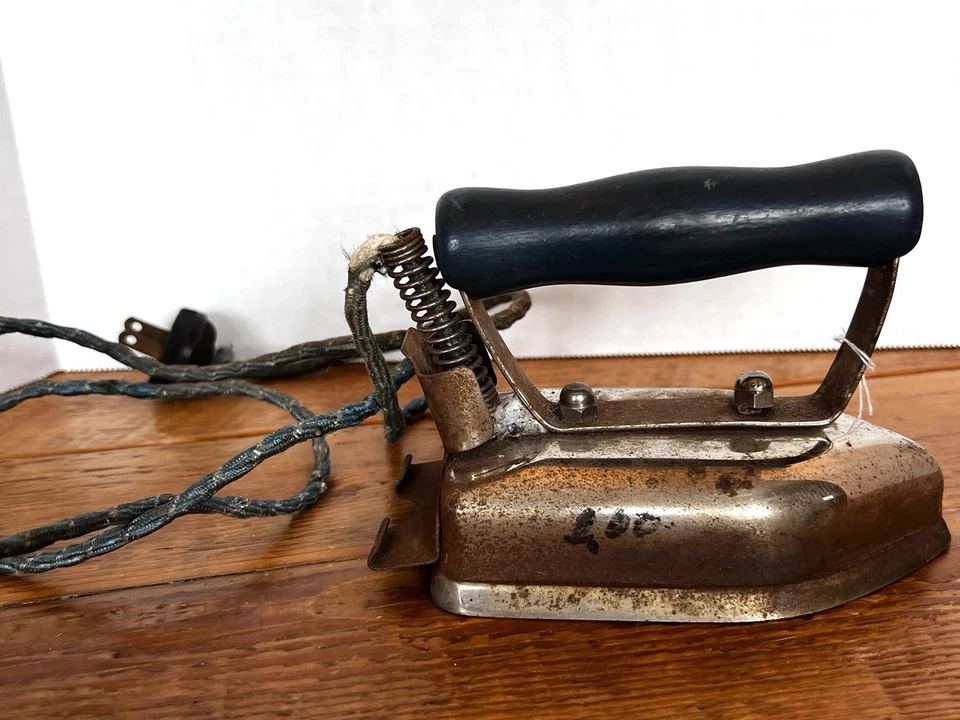
The electric iron changed household chores by removing the need for hot coals or heavy press irons. It introduced temperature control through electric heating, allowing smoother and safer pressing of clothes. This small appliance became a symbol of domestic progress during the early 1900s.
Collectors today appreciate these early models for their design and engineering. Depending on the manufacturer and condition, original electric irons can range in value from $70 to $300.
Hand Drill

Hand drills were vital for carpenters and craftsmen before power tools became widespread. Operated with a simple crank and gear system, they provided accuracy and control for wood and metal work. Their sturdy metal bodies made them reliable tools for generations.
Today, antique hand drills are admired for their mechanical simplicity and durability. Depending on condition and maker, such as Stanley or Goodell-Pratt, early 1900s examples sell for about $60 to $250.
Percolator Coffee Pot
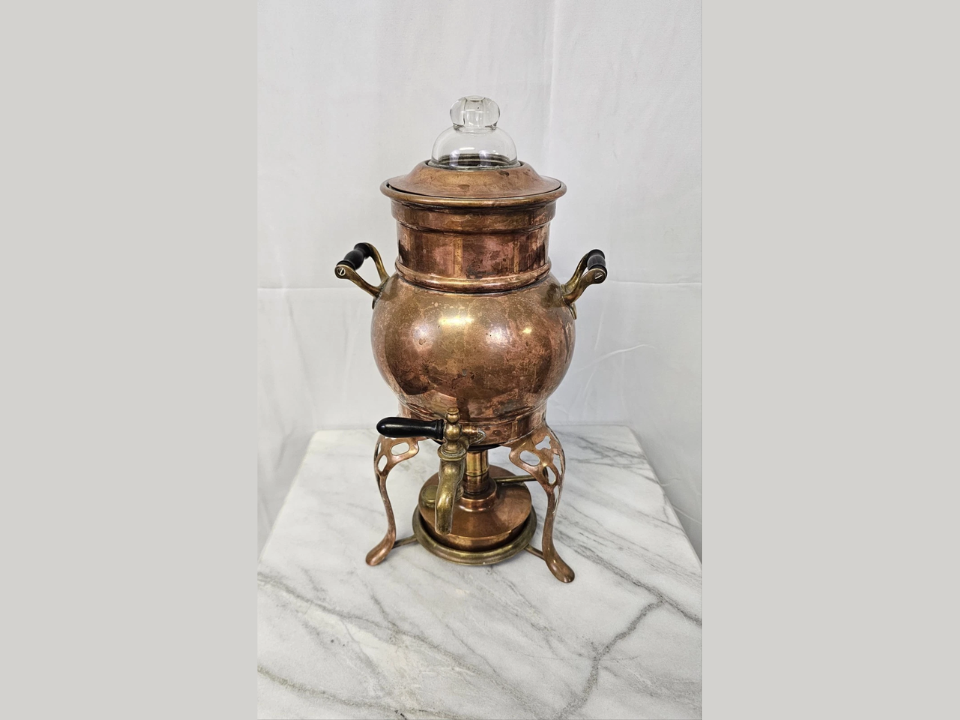
The percolator coffee pot became a favorite kitchen gadget during the early 1900s, making coffee preparation easy and enjoyable. It worked by cycling boiling water through coffee grounds, producing a rich and aromatic brew. Families often used them during breakfast and social gatherings.
Collectors now value these pots for their nostalgic charm and polished metal bodies. Depending on the model and material, vintage percolators can fetch between $50 and $200.
Meat Grinder
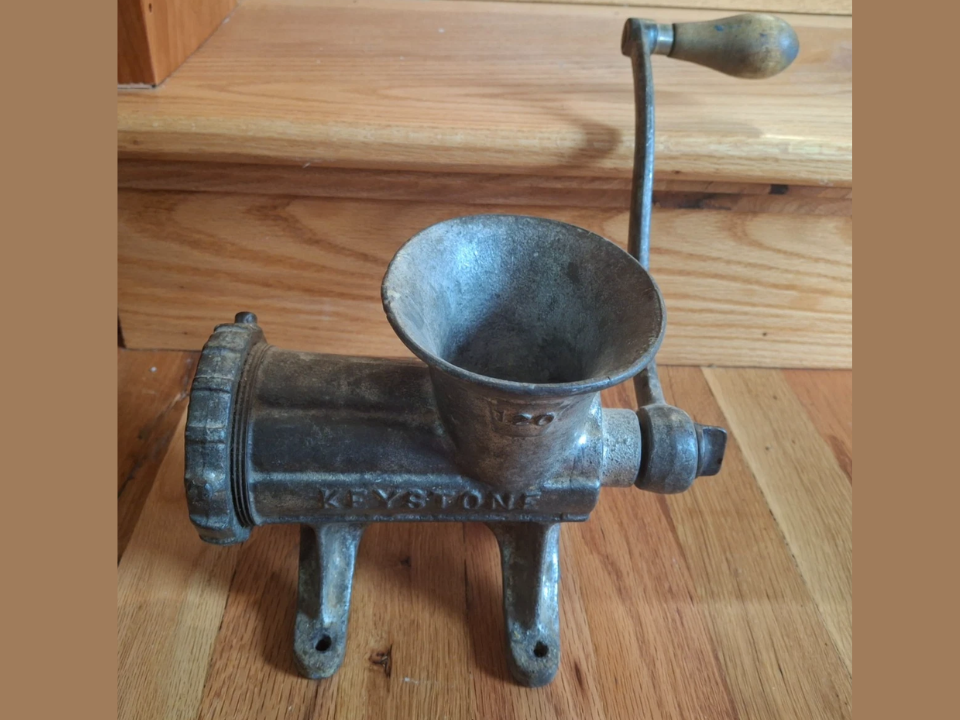
The hand-cranked meat grinder offered a practical way for families to prepare minced meat at home. It gave households control over texture and freshness, reducing the need for store-bought ground meat. Its cast-iron design made it durable for heavy use in the kitchen.
Antique meat grinders from brands like Enterprise or Universal are still functional and collectible today. Depending on the condition, these early models are valued at $40 to $150.
Safety Razor
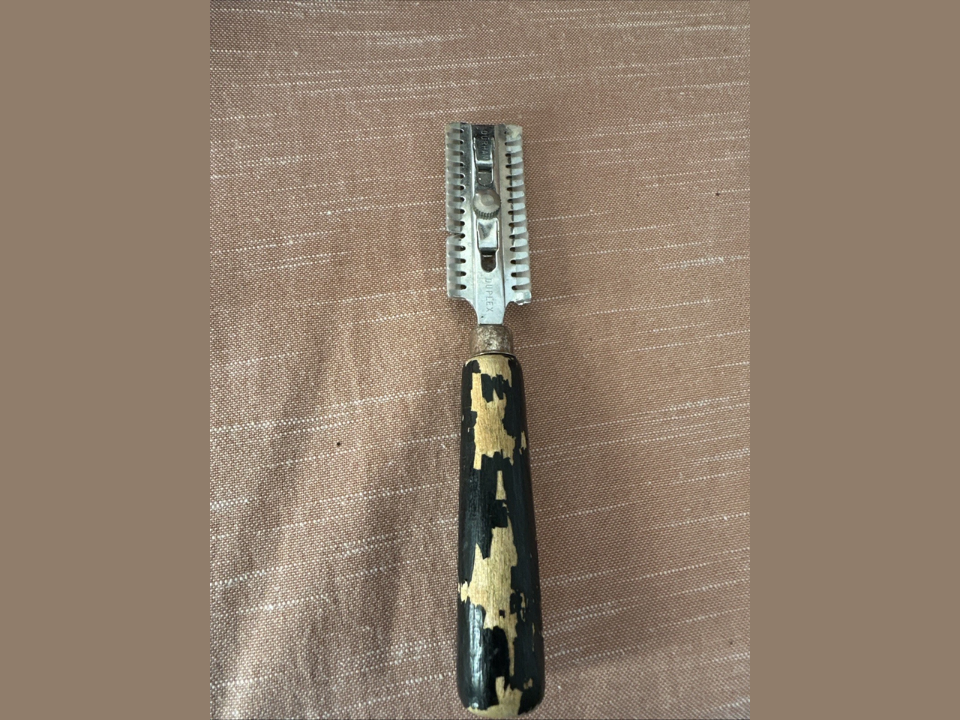
The safety razor brought comfort and convenience to personal grooming by replacing the dangerous straight razor. It used disposable blades that were easier and safer to handle. This innovation quickly became a staple in men’s hygiene routines.
Vintage razors from Gillette and other early manufacturers are highly collectible today. Depending on the model and packaging, early 1900s safety razors can be valued between $80 and $500.
Egg Beater
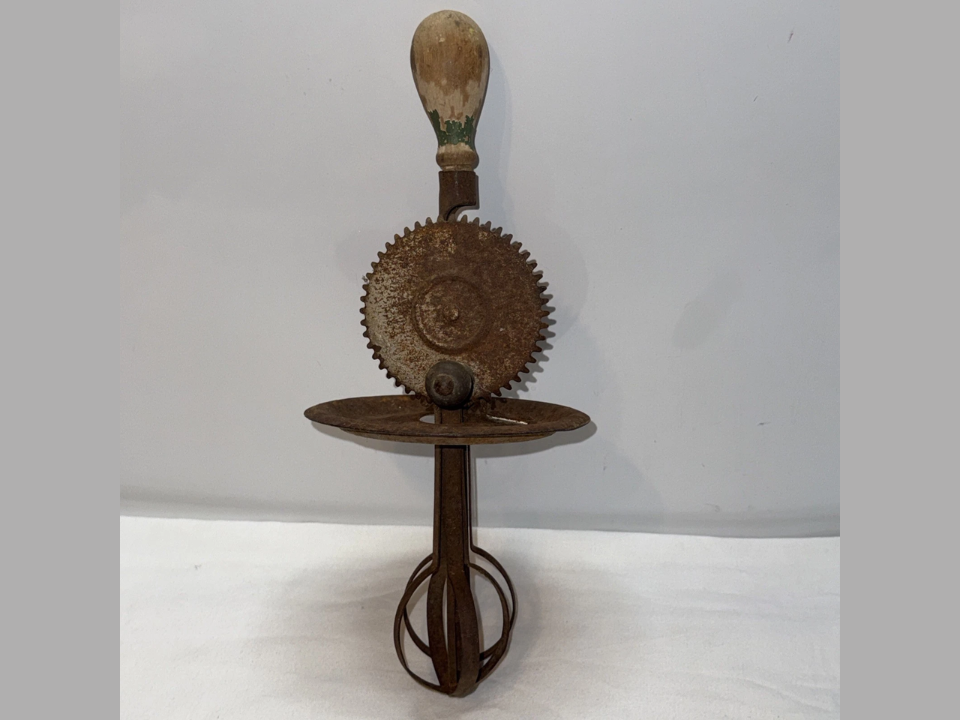
The egg beater was a clever hand tool that simplified mixing and whipping tasks in the kitchen. With rotating metal beaters turned by a handle, it made baking easier for households without electricity. It saved time and produced consistent results for batters and sauces.
Collectors appreciate these kitchen gadgets for their charm and mechanical ingenuity. Depending on condition and brand, antique egg beaters typically sell for $30 to $100.
This article originally appeared on Avocadu.
